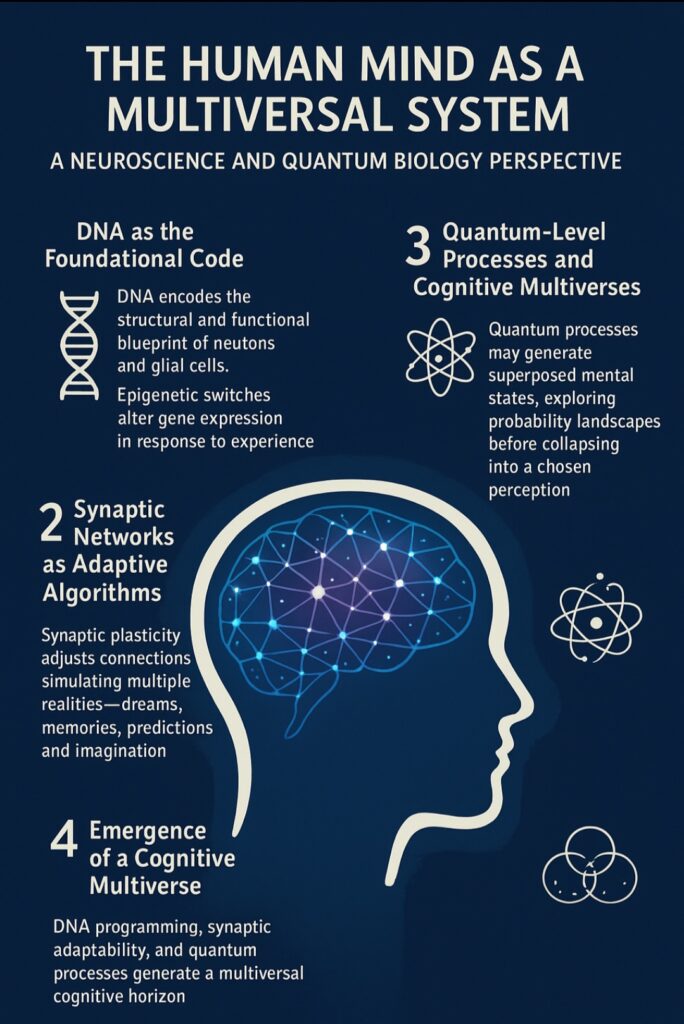The Interwoven Dimensions of Perception, Mind, and Karma
Human perception is not a mere function of the five senses—it is a symphony orchestrated by the interplay between sensory experience, mental conditioning, and the subtle law of cause and effect known in Eastern philosophy as karma. The apparent simplicity of seeing, hearing, touching, tasting, or smelling conceals a vast and intricate web of interactions that span from the biological to the metaphysical.
1. The Metamorphic Nature of Sensory Experience
Every sensory organ—the eyes, ears, nose, tongue, and skin—acts as a gatekeeper between the external world and the mind’s internal reality. Yet, these organs do not merely record; they interpret. Modern neuroscience reveals that perception is not passive but constructive—the brain constantly reshapes and reinterprets incoming signals based on past experiences, expectations, and emotional states.
Thus, every image seen or sound heard is metamorphic in nature. It is transformed—filtered through memory, emotion, and meaning—before it becomes part of conscious awareness. The beauty of a sunset, the taste of a familiar dish, or the warmth of a loved one’s touch is not merely sensory data; it is the convergence of external stimuli and inner interpretation.
2. The Mind’s Scope and Capability
The human mind operates on two interwoven planes: the conscious and the subconscious. The conscious mind is the field of deliberate thought, decision, and awareness—it governs rational understanding and volitional action. The subconscious, by contrast, is the reservoir of impressions (samskaras), emotions, and habitual patterns formed by countless past experiences.
The brain, as the physical substrate of the mind, processes these layers through complex neural networks. Yet, the mind—in the philosophical sense—extends beyond the brain’s anatomy. It is a continuum of awareness shaped by memory, intention, and will. The subconscious directs most of one’s automatic reactions, while the conscious mind holds the power of transformation—of choosing response over reflex.
Through sustained effort—meditation, mindfulness, study, and discipline—the conscious mind can gradually reshape subconscious patterns, refining one’s perception and response to life’s experiences.
3. The Law of Karma: Cause, Effect, and Continuity
In the spiritual dimension, every thought, word, and action generates an imprint—karma—which influences the trajectory of one’s future experiences. Prarabdha karma refers to the portion of past actions whose results are presently manifesting. These karmic effects shape the circumstances of one’s life, the tendencies of the mind, and even the conditions of perception itself.
From this perspective, even the way one senses the world is not random. The tendencies of the mind, formed by past karma, influence how the senses function and interpret experience. One’s joys and sorrows, ease and difficulty, clarity and confusion—all arise as outcomes of this intricate causal web.
Thus, while everything unfolds according to the law of cause and effect, this does not imply fatalism. Rather, karma offers a moral and psychological framework through which human freedom gains meaning.
4. The Paradox of Freedom and Predestination
It is said that everything is predestined according to the chain of past causes, yet a person can change the future through conscious effort. This apparent contradiction dissolves when viewed from a higher perspective.
The present moment is the meeting point of past and future—the field where old causes express themselves and new causes are sown. The effects of the past are largely irreversible; no one can return to the past to rewrite what has already occurred. Yet, within the flow of the present lies the power of transformation.
Through effort, endurance, tolerance, and patience, one can modify how karma unfolds, transforming suffering into learning, weakness into wisdom, and reaction into understanding. Though one may not erase the momentum of the past, one can refine its expression in the present.
5. The Mind’s Education and Liberation
Since the irreversible sequence of events cannot be altered, the wise turn inward—not to control the outer world, but to master the inner. The mind, being the lens through which reality is perceived, must be educated with patience and self-awareness.
Tolerance becomes not resignation, but strength. Patience becomes not delay, but depth. Endurance becomes the silent wisdom that allows the storm to pass without disturbing the inner sky.
In this light, both science and philosophy converge. Neuroscience teaches that neural pathways can be rewired through sustained practice; philosophy teaches that awareness can be purified through right understanding. Together, they affirm that while the external sequence of events may be fixed, the experience of those events—how one perceives, responds, and grows—is infinitely plastic and capable of evolution.
6. Conclusion: The Harmony of Science and Spirit
The senses, the mind, and karma form a triadic harmony. The senses receive the world, the mind interprets it, and karma contextualizes it. The sensory organs, though biological, are influenced by psychological states; the mind, though subtle, is conditioned by both biology and past karma.
The path of growth lies not in escaping this triad but in understanding it. By harmonizing the senses, refining the mind, and accepting the unfolding of karma with awareness, one transcends the reactive cycle and awakens to conscious participation in life’s grand design.
In this awakening lies true freedom—not freedom from causality, but freedom within it.
